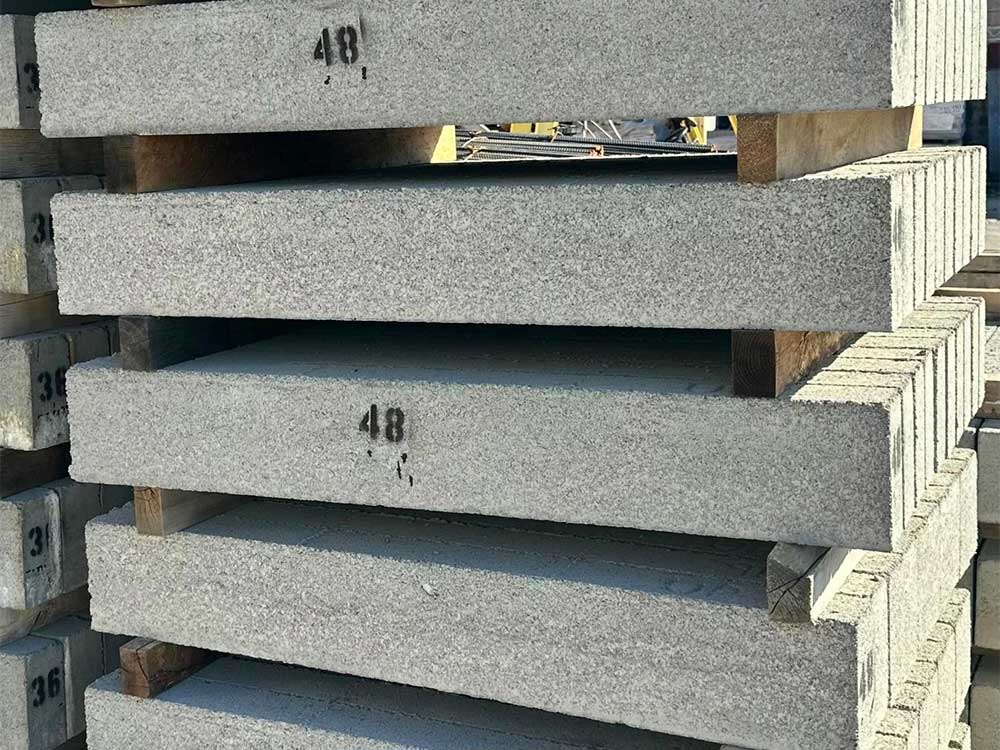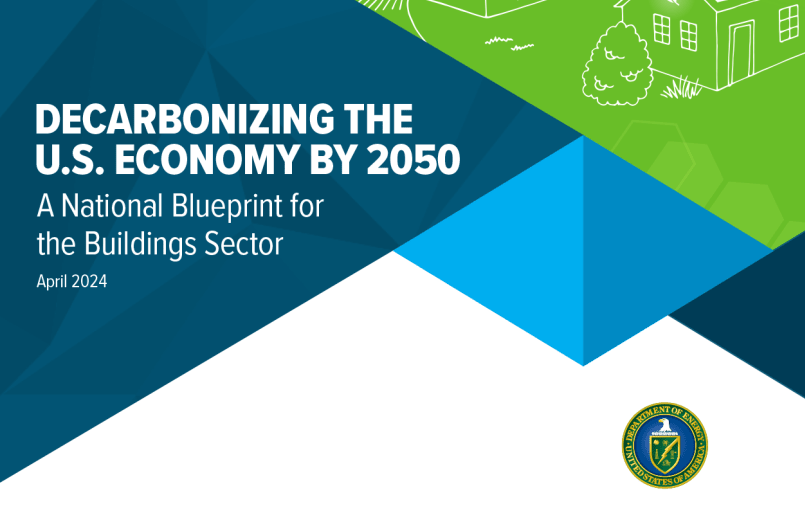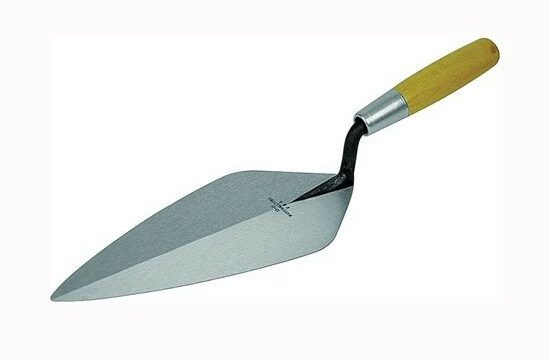How Strong Is Fiberglass Rebar?
Fiberglass rebar is a reinforcing bar constructed from glass fiber and resin. Fiberglass rebar has risen in popularity in construction projects, especially in projects where corrosion is a pressing concern. Corrosion is an expensive problem in the construction business. A study published in 2022 has determined that the direct costs of corrosion in the United States alone amount to $276 billion annually; couple that with indirect costs and you have a total of at least $551.4 billion spent in a year, just to combat corrosion. This is, in part, the reason why fiberglass rebar, with its corrosion-resistant properties, has become a go-to in construction projects. But there are a host of other reasons, including the material’s durability and strength. So, how strong is fiberglass rebar? We take a look below.
Durability
As mentioned above, its corrosion-resistant properties are a huge reason why fiberglass rebar is gaining in popularity. Compared to steel rebar – which has been the historical standard – fiberglass has a lower susceptibility to corrosion or oxidation once it has been exposed to moisture, salts or aggressive chemicals. After exposure to these elements, steel rebar tends to swell (rust), increasing the tensile load on concrete, which in turn begins to crack or spall, leading to structural deterioration. This ends up in costly repair and maintenance work. Fiberglass rebar, however, is much more durable, leading to improved structural integrity – with fiberglass rebar, you save costs and take away the need for future repairs to your structure.
Cost-Efficient
Fiberglass rebar also helps you lower your costs in other ways. It lets you cut down on labor, reduce the number of deliveries, and decrease the cost of installation. It also has a longer lifespan and a higher threshold of bearing impact. This means that any damage that might occur during loading or unloading is minimized. Structures constructed using fiberglass rebar also tend to remain cosmetically attractive over a period of time, which leads to a higher property resale value down the line.
Comparing Strength: Fiberglass Rebar vs. Steel
Fiberglass rebar is stronger than steel when you compare the two; the same diameter bar in fiberglass has two (2) to three (3) times the tensile strength as the equivalent steel bar. It also weighs 75% less, offering you superior strength at a quarter of the weight. Fabrication is also much simpler with fiberglass rebar as opposed to steel rebar, as you will not require welders or cutting torches during installation.
Using Fiberglass Rebar to Reinforce Concrete
The strength and advantages of fiberglass rebar are thrown into sharp relief when it is used in conjunction with other construction materials. You can use fiberglass to reinforce concrete, helping you prevent any cracking that occurs due to age. Using fiberglass to reinforce your concrete structures ensures that the concrete will not be as brittle once your project has been completed and the concrete has been cured.
Likewise, fiberglass rebar is extremely useful when it comes to structures like retaining walls and sea walls, which tend to corrode over time due to naturally-occurring chemical reactions. Utilize fiberglass rebar in your projects to ensure the strength, durability and integrity of your structures in the long run.

VP of Business DevelopmentAaron Fisher
Latest News
4 Features That Makes Masonry Supply Company Stand Out
A masonry supply company plays a crucial role in the success of construction projects, providing essential materials and expertise to […]

Choosing The Right Size Lintel For Your Project
Determining the correct size of a lintel is critical for the stability and longevity of your construction project. A lintel […]

Data Misses on Embodied Carbon
There is significant urgency to avoid, reduce, or even reverse the emissions of greenhouse gases (CO2e) to avoid the worst […]

4 Masonry Tools You Should Have At Home
Effective and efficient masonry work, whether for repairs or new projects, requires the right tools. At home, having a basic […]
